Mahindra BE 6 vs Tata Harrier.EV vs Mahindra XEV 9e: Base Variants Compared
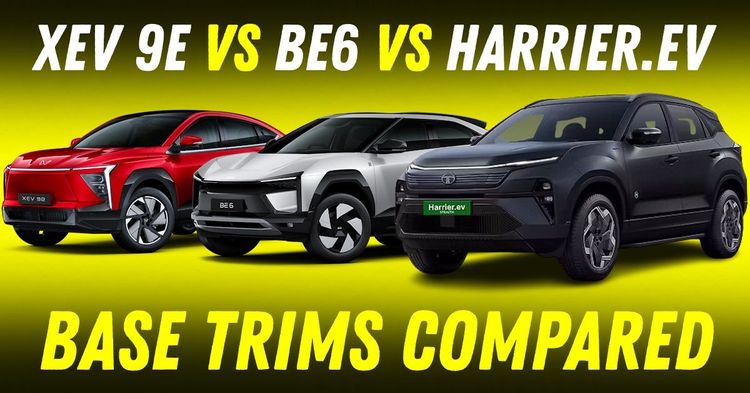

Electric SUVs have moved past the stage of just being technological novelties. They are now practical, desirable and increasingly diverse. Among the many choices that have arrived recently, three base variants stand out: the Tata Harrier EV Adventure, Mahindra BE 6 Pack One, and Mahindra XUV 9e Pack One. While all three aim to make electric mobility more accessible, their approach to design, performance, features and value is strikingly different.
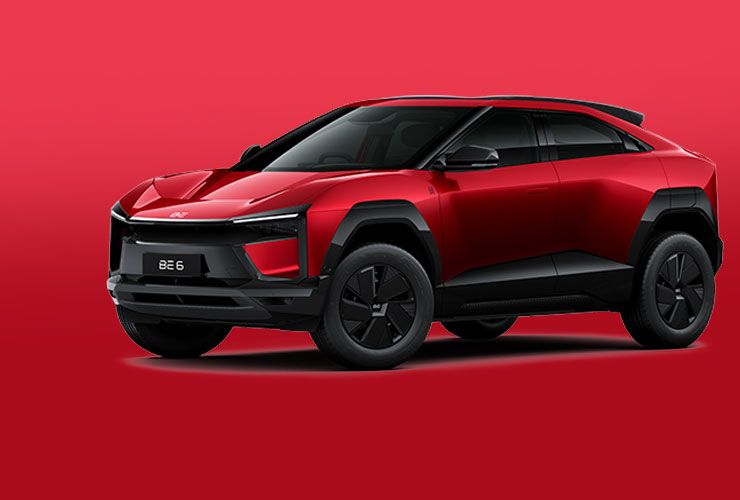
Let’s begin with pricing, the first checkpoint for most buyers. Mahindra has surprised many by positioning the BE 6 Pack One at ₹18.90 lakh (ex-showroom). This makes it the most affordable option among the three, undercutting its sibling, the XUV 9e Pack One, which is priced at ₹21.90 lakh.
Tata’s Harrier EV Adventure sits between the two at ₹21.49 lakh. Interestingly, while both the Harrier EV and XUV 9e are seen as more premium offerings, the BE 6 makes a strong case for itself by delivering impressive range and performance at a lower price point. That pricing could be a game-changer for those entering the EV space for the first time.
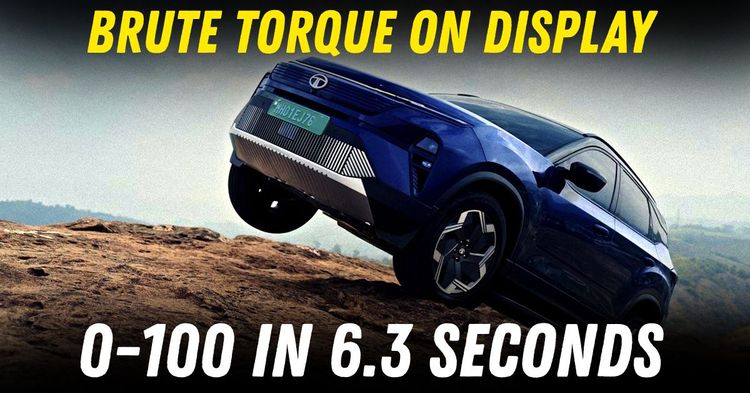
On paper, all three SUVs offer compelling specifications, but the Harrier EV clearly leads in sheer performance. It is powered by a 65 kWh battery that feeds two electric motors, together producing 390 bhp and 504 Nm of torque.
The result is a claimed 0 to 100 km/h sprint in just 6.3 seconds, making it the quickest in this comparison. Despite this high power output, the Harrier EV also delivers a segment-leading range of 622 km. This speaks to the optimisation work done by Tata on efficiency, weight distribution, and energy regeneration.
The BE 6 and XUV 9e, both developed on Mahindra’s new INGLO platform, share identical power figures: 228 bhp and 380 Nm of torque. Their acceleration figures are quite similar too, with the BE 6 doing 0 to 100 km/h in 6.7 seconds and the XUV 9e in 6.8 seconds.
Where they differ slightly is in range, with the BE 6 offering 557 km and the XUV 9e 542 km. Both cars use a 59 kWh battery pack, smaller than the Harrier EV’s, which explains the slight drop in range.
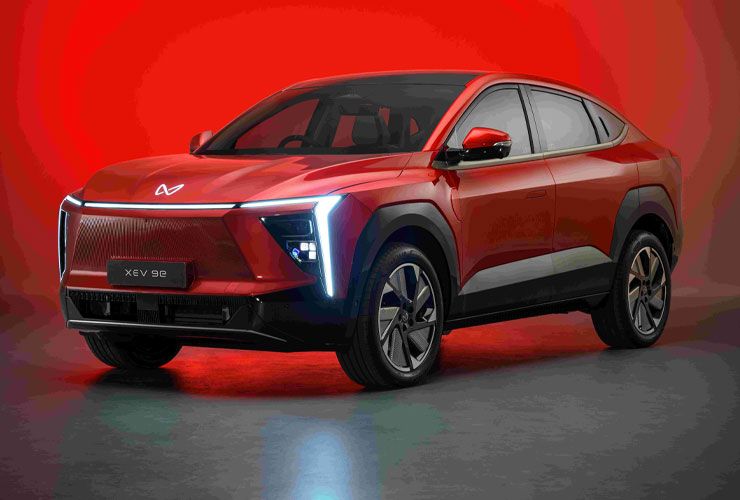
Charging times are now critical in EV comparisons, and this is where the BE 6 and XUV 9e pull ahead. Both support 140 kW DC fast charging, allowing the battery to charge from 20 to 80 percent in just 20 minutes. Tata’s Harrier EV supports a maximum DC charging speed of 120 kW, taking 25 minutes for the same range of charge. While the five-minute difference might not seem massive, it could influence those who plan frequent long-distance road trips.
In terms of size and practicality, the XUV 9e stands out as the largest and most spacious of the trio. At 4,789 mm long and with a boot capacity of 663 litres, it is clearly geared for family use and highway cruising. The Harrier EV, at 4,607 mm in length with a 502-litre boot, balances presence with everyday usability. The BE 6, while being the most compact at 4,371 mm, still manages to offer a 455-litre boot, which should be sufficient for urban buyers and small families.
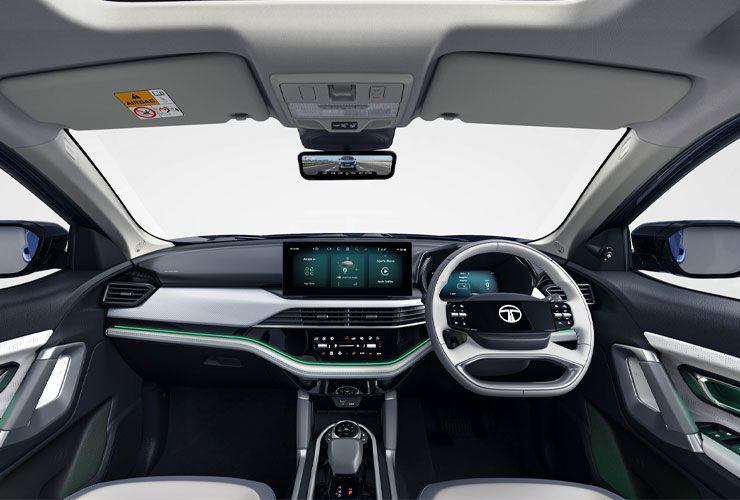
Inside the cabin, the Harrier EV feels the most modern and tech-heavy, even in its base variant. A 14.53-inch touchscreen dominates the dashboard, while Level 2 ADAS, a panoramic sunroof, and connected car features elevate the experience to a premium level. Mahindra’s BE 6 and XUV 9e are no less ambitious. The XUV 9e offers a digital-heavy interface, including a 12.3-inch touchscreen and twin rear seat entertainment screens. The BE 6, though slightly more restrained in its base avatar, still provides a clean and modern layout with the same fundamental tech underpinnings.
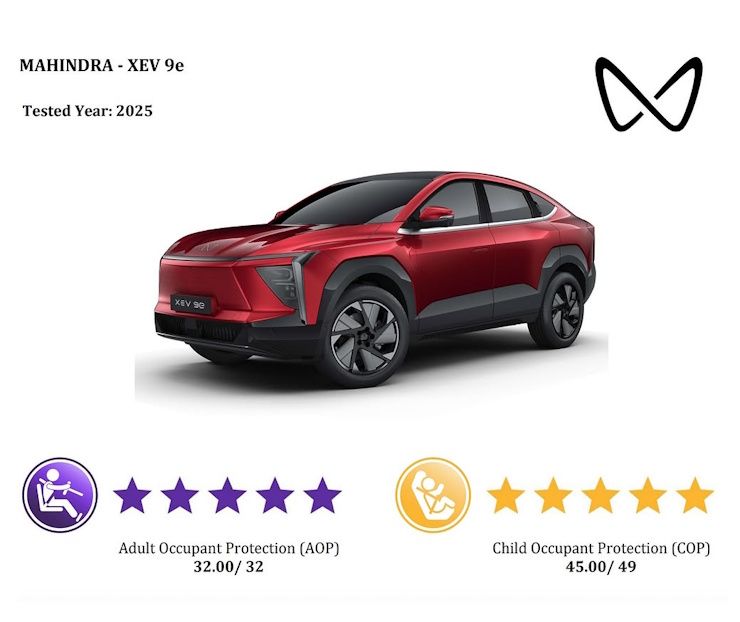
Safety is a strong suit for all three. The XUV 9e has earned a 5-star Bharat NCAP rating and comes with six airbags, ESP, and advanced driver assistance features. Tata’s track record with crash safety is solid, and the Harrier EV includes six airbags, ESP, hill hold and traction control even in the base variant. The BE 6 also offers six airbags and key safety systems, although it has yet to be officially rated by Bharat NCAP.
Choosing between these three is not easy, because they are tailored for slightly different kinds of users. The Harrier EV is for those who want it all - performance, range, technology, and presence - and are willing to pay a bit more for the complete package. The XUV 9e is an excellent all-rounder, especially for families, thanks to its size and feature list. The BE 6, however, will likely appeal to younger buyers and those who value design and performance without stretching the budget.
The good news is that the electric SUV segment no longer demands compromise at the base variant level. With products like these, buyers can now choose with confidence - not just based on affordability, but on what kind of EV experience they actually want.